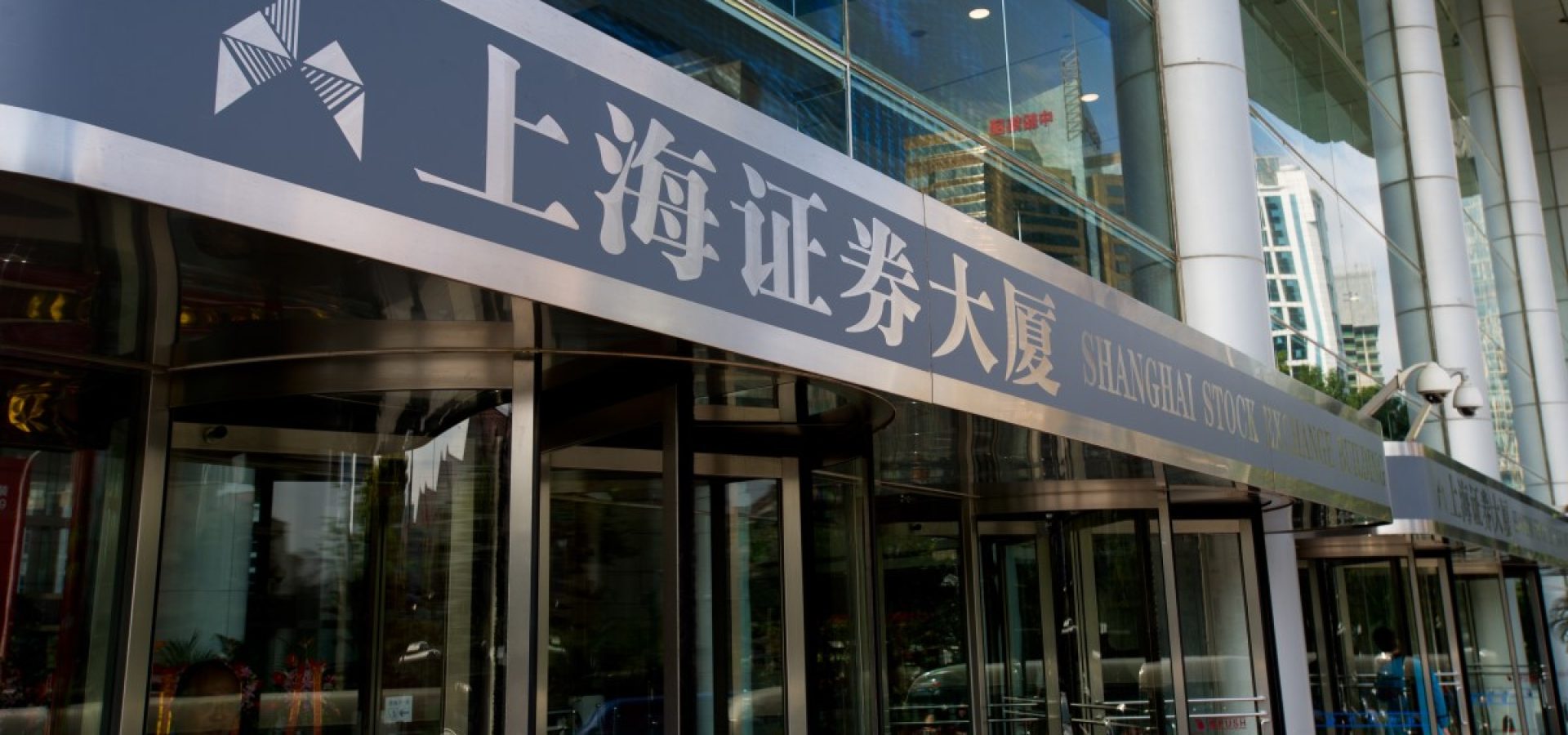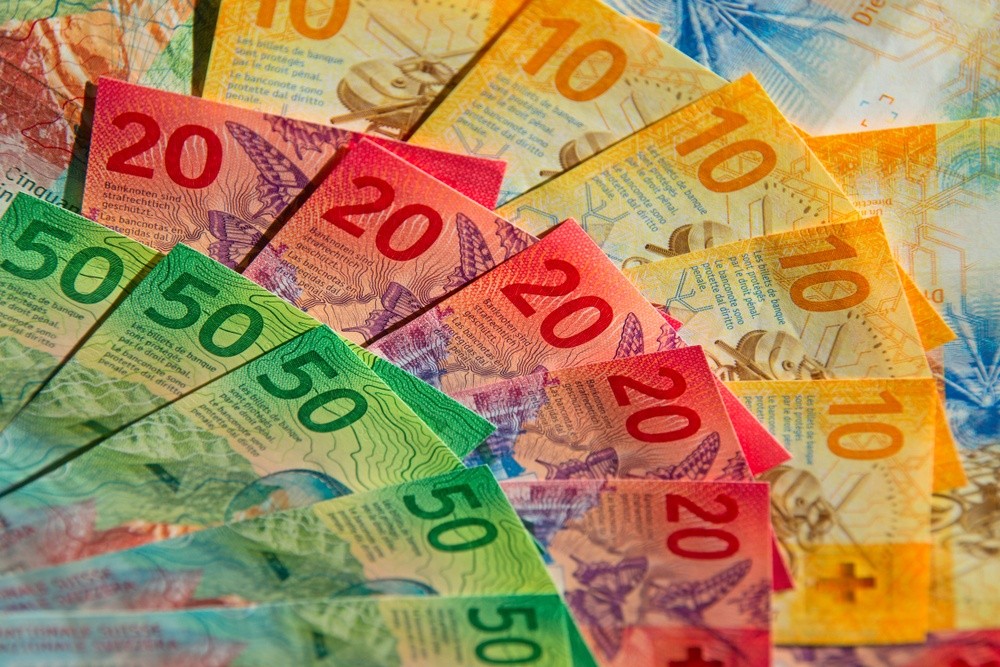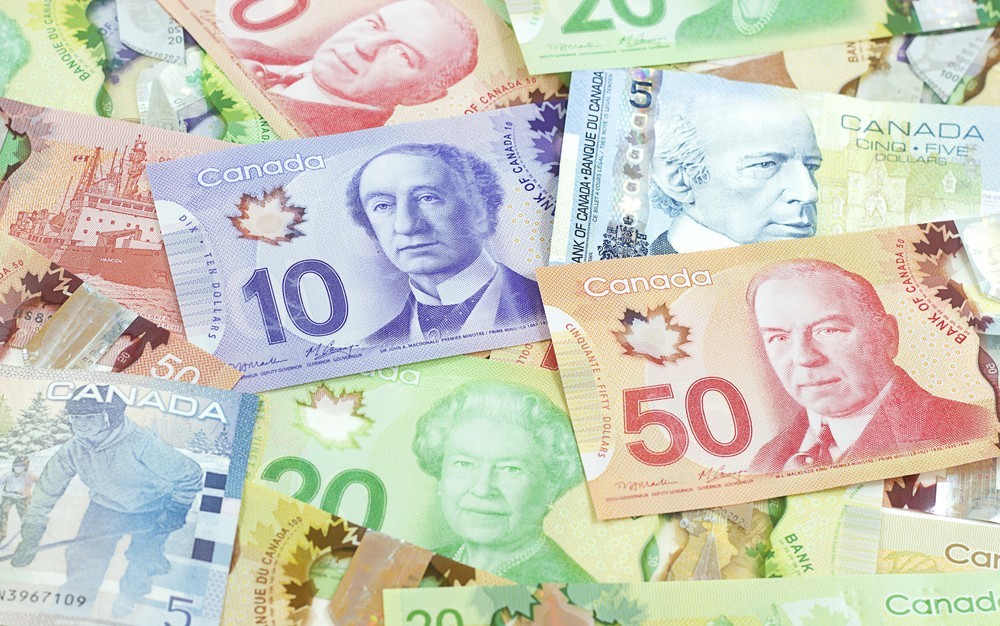Last week, China’s National Bureau of Statistics released information about factory activity. According to the bureau, factory activity expanded in May. The official manufacturing Purchasing Manager’s Index (PMI) stood at 50.6. Nevertheless, compared to April the index fell from 50.8 to 50.6. Let’s have a look at the stocks in Asia on June 1.
Moreover, a private survey also showed that the county’s manufacturing index expanded last month. The Caixin/Markit manufacturing PMI for May stood at 50.7.
Investors are closely monitoring the situation as they want to learn more about the country’s economic recovery.
Stocks in Asia and the economy of China
On Monday, stocks in the Asia Pacific strengthened their positions thanks to the information regarding the factory activity.
Notably, Hong Kong’s Hang Seng index led gains among the region’s major indexes. On June 1, the Hang Seng index gained 3,36% to end its trading day at 23,732.52 with shares of life insurer AIA soared 5.17%.
U.S. President Donald Trump announced that he plans to take action to eliminate the special treatment for Hong Kong. Trump made this comment after China approved a controversial security bill for the city.
Also, mainland Chinese stocks saw gains on the first day of the month. The Shanghai Composite gained 2.21% to about 2,915.43. In the meantime, the Shenzhen Component rose 3.314% to around 11,102.15.
Stocks in Japan, South Korea, and Australia also saw gains on the day.
In Japan, Nikkei 225 gained 0.84% to 22,062.39 as shares of index heavyweight Softbank Group gained 3.85%. At the same time, the Topix index finished its trading day 0.32% higher at 1,568.75.
South Korea’s Kospi index added 1.75% to close at 2,065.08. The country’s exports in May fell by 23.7% year-on-year.
Last but not least, Australia’s S&P/ASX 200 added 1.1% to 5,819.20.
The coronavirus pandemic created additional pressure on the global economy. Governments in cooperation with companies should come up with a long-term plan on how to boost the economy.










COMMENTS